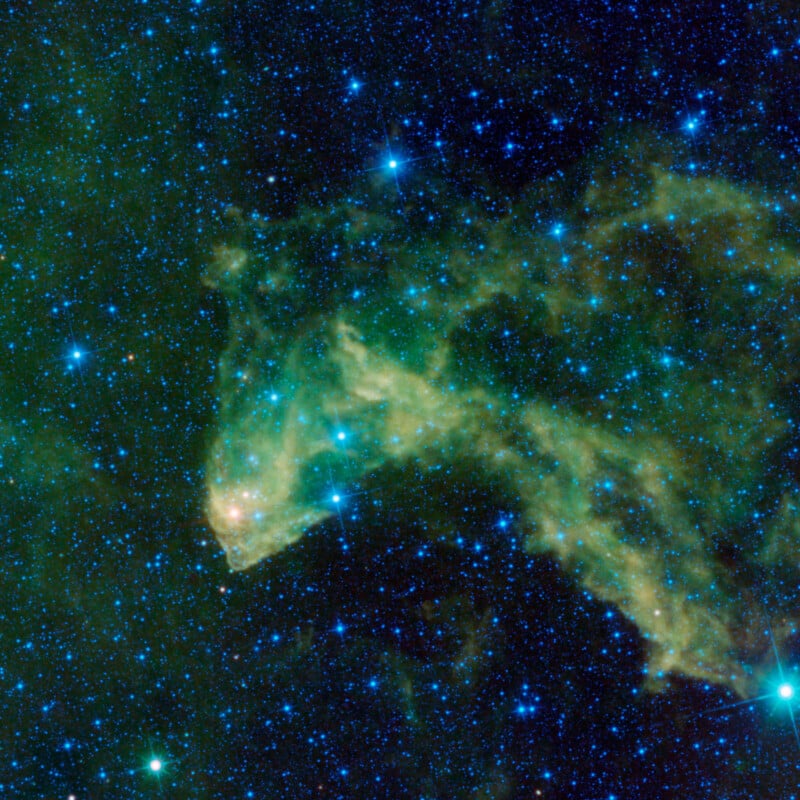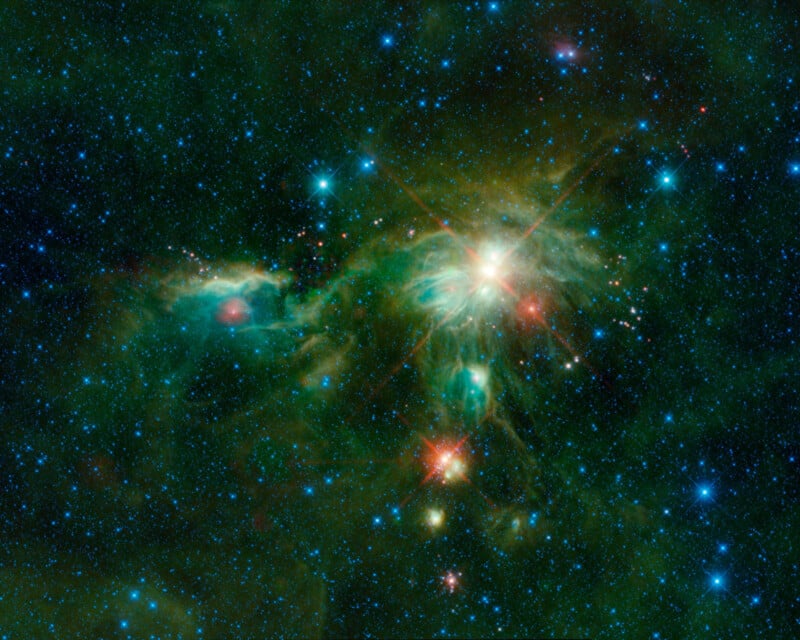![]()
Launched in December 2009, the Near-Earth Object Wide-Field Infrared Survey Explorer (NEOWISE) ended its mission on July 31, 2024, and, as expected, reentered Earth’s atmosphere on November 1, burning up. However, while NEOWISE is gone, its impact is still felt. As Space reports, the NEOWISE team recently did one final data release and shared never-before-seen images.
NEOWISE’s history is a fascinating one. Originally launched as the Wide-field Infrared Survey Explorer (WISE) in 2009, it operated for two years before being shut down and put into hibernation. Two years later, in 2013, scientists reactivated it with a new mission: to hunt asteroids that could threaten Earth.

During its lifetime, including as WISE, NEOWISE conducted 21 complete sky surveys and captured nearly 27 million images. Some cosmic objects and areas of the sky were surveyed by the telescope at least 220 times, providing astronomers with a treasure trove of data over time. How objects in deep space change over time offers key insights into their history and nature.

“Being able to watch the changing sky for nearly 15 years has opened a new avenue for time-domain science, for everything from the closest asteroids to the most distant quasars,” says Joe Masiero, Research Scientist at Caltech’s IPAC science center and the Deputy Principal Investigator of the mission.

NEOWISE studied more than 3,000 near-Earth objects (NEO) during its mission, about 10% of the known population. The final NEO the telescope viewed, 2007 LV8, was seen over a hundred times in the NEOWISE’s final days.

During the original two-year period when NEOWISE was just WISE, it studied a vast portion of the night sky. While some of these images were shared with the public back then, many more weren’t. The public only ever saw a fraction of what WISE captured. Now that NEOWISE is gone, scientists are tying up any loose ends and putting a bow on the project. As part of that process, the public now gets to see many more beautiful space photos.

“The WISE and NEOWISE data releases are built for researchers, but they also embody some of the most amazing images of our infrared sky,” explains Robert Hurt, IPAC Visualization Scientist.

“They are so easy to work with it’s almost too easy to make a beautiful image from them! That’s why I wanted to revisit the archive to locate some hidden gems we missed before.”

The team selected six awe-inspiring, never-before-seen images from the archive to share with the public. The selections are featured throughout this article.
“I’m really grateful for all of the people at IPAC who have put so much effort into making this the best dataset possible, for today and for future generations,” adds Masiero.
Image credits: NASA/JPL-Caltech/IPAC
